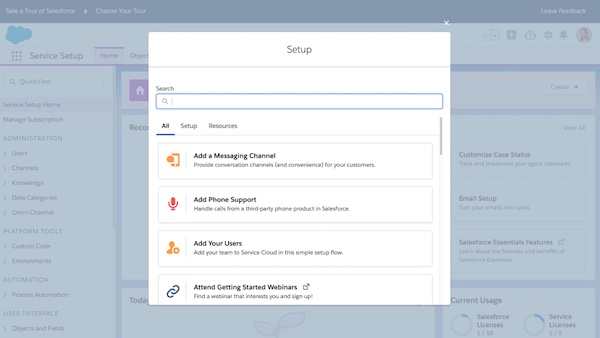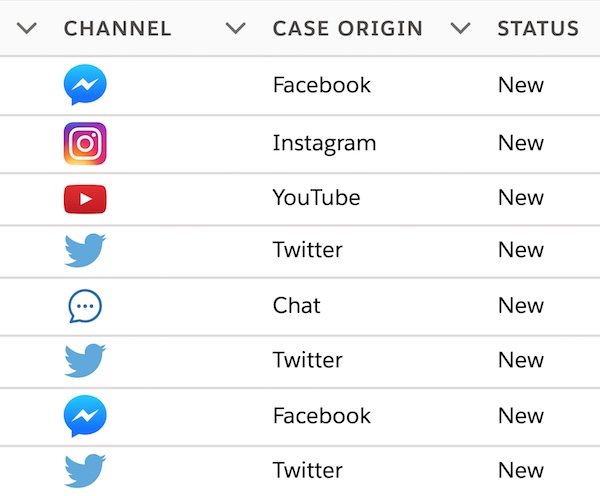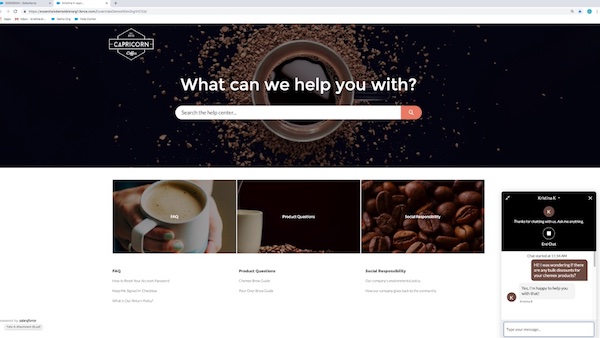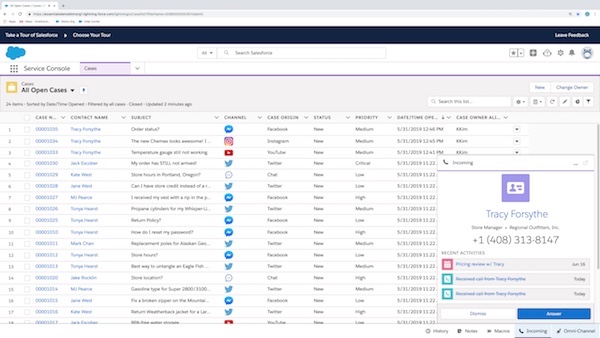Get ready to dive into the fiercely competitive waters of enterprise software. Join more than 1,000 attendees for TC Sessions Enterprise 2019 on September 5 to navigate this rapidly evolving category with the industry’s brightest minds, biggest names and exciting startups.
Our $249 early-bird ticket price remains in play, which saves you $100. But one is the loneliest number, so why not take advantage of our group discount, buy in bulk and bring your whole team? Save an extra 20% when you buy four or more tickets at once.
We’ve packed this day-long conference with an outstanding lineup of presentations, interviews, panel discussions, demos, breakout sessions and, of course, networking. Check out the agenda, which includes both industry titans and boundary-pushing startups eager to disrupt the status quo.
We’ll add more surprises along the way, but these sessions provide a taste of what to expect — and why you’ll need your posse to absorb as much intel as possible.
Talking Developer Tools
Scott Farquhar (Atlassian)
With tools like Jira, Bitbucket and Confluence, few companies influence how developers work as much as Atlassian. The company’s co-founder and co-CEO Scott Farquhar will join us to talk about growing his company, how it is bringing its tools to enterprises and what the future of software development in and for the enterprise will look like.
Keeping the Enterprise Secure
Martin Casado (Andreessen Horowitz), Wendy Nather (Duo Security), Emily Heath (United Airlines)
Enterprises face a litany of threats from both inside and outside the firewall. Now more than ever, companies — especially startups — have to put security first. From preventing data from leaking to keeping bad actors out of your network, enterprises have it tough. How can you secure the enterprise without slowing growth? We’ll discuss the role of a modern CSO and how to move fast — without breaking things.
Keeping an Enterprise Behemoth on Course
Bill McDermott (SAP)
With over $166 billion in market cap, Germany-based SAP is one of the most valuable tech companies in the world today. Bill McDermott took the leadership in 2014, becoming the first American to hold this position. Since then, he has quickly grown the company, in part thanks to a number of $1 billion-plus acquisitions. We’ll talk to him about his approach to these acquisitions, his strategy for growing the company in a quickly changing market and the state of enterprise software in general.
The Quantum Enterprise
Jim Clarke (Intel), Jay Gambetta (IBM) and Krysta Svore (Microsoft)
4:20 PM – 4:45 PM
While we’re still a few years away from having quantum computers that will fulfill the full promise of this technology, many companies are already starting to experiment with what’s available today. We’ll talk about what startups and enterprises should know about quantum computing today to prepare for tomorrow.
TC Sessions Enterprise 2019 takes place on September 5. You can’t be everywhere at once, so bring your team, cover more ground and increase your ROI. Get your group discount tickets and save.













